Sommelier: Welcome To The New CoProcessor For Ethereum
Sommelier is a bet that Ethereum will be a dominant player in the global economy.
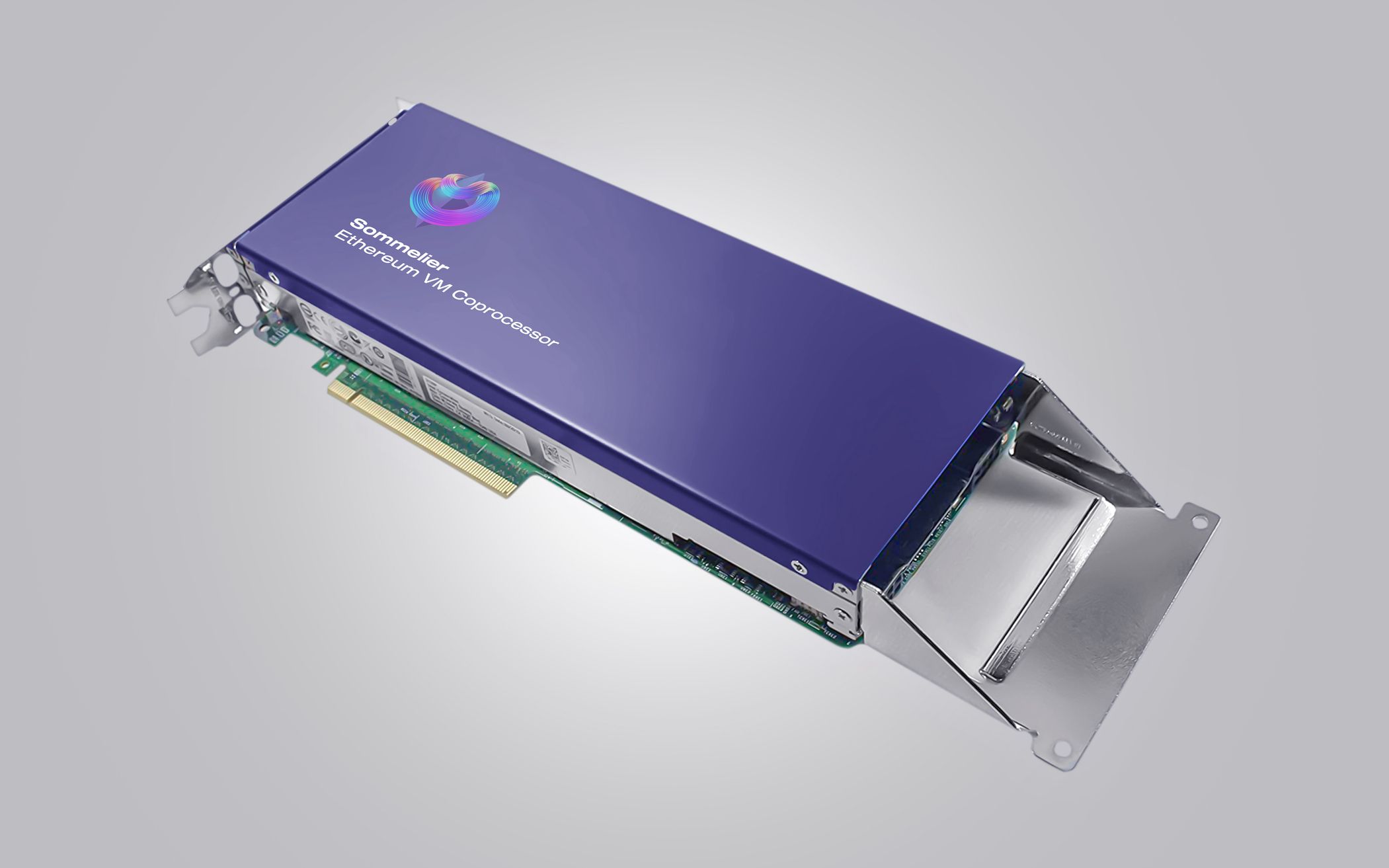
Sommelier is a bet that Ethereum will be a dominant player in the global economy. It’s a bet that not only will Ethereum work, but that the growing architecture evolving in both L1 and L2 ecosystems continues to merge. To unlock its full potential, Ethereum needs a new coprocessor. This new computational machine will ensure that small investors maintain democratic access to Ethereum transactions with expanded functionality and opportunities to profit while minimizing their gas costs. The Ethereum network is the place to put capital to work and Sommelier is the partner to make that happen. Sommelier solves a number of key problems for the individual user on Etherum’s world computer network that we’ll outline below and that will serve as the thesis for our new coprocessor design and implementation.
Inactive Onchain liquidity
By design, Ethereum’s on-chain liquidity, with over 37 billion+ dollars, locked by on-chain programs, are user-push and non-proactive in the protocol, if not most blockchains. By default, it is safer for protocol designers to disallow protocol-level work scheduling capabilities that can execute business logic automatically due to the danger and risk of runaway processes that may put an entire protocol and its token value at risk.
The need for such controls ensure that value is protected from unintended consequences of protocol-level transaction automation. However, this restriction penalizes the movement of on-chain liquidity in un-attended ways. Limited onchain liquidity automation requires the constant monitoring and active management of push transactions from all users on the protocol.
We see evidence of this by the rise of various Ethereum, onchain liquidity automation solutions that are already proposed to help solve these problems. However, these solutions themselves are also built on Ethereum and are constrained by the same architectural design limitations of the core protocol. They are only able to complete transactions discreetly and cannot continue with infinite automation. They either are only able to conduct local, specific automation or they must themselves stop their transactions and be manually restarted.
It is our view that Ethereum’s potential will be unleashed with the addition of active onchain liquidity via the Sommelier protocol. The protocol aims to drive more inactive on-chain liquidity to become continuously active. It’s our belief that these new functionality will drive more Ethereum transaction volume and value for the network.
Passive onchain liquidity and high gas costs hurt smaller Ethereum DeFi investors
If you are a large institutional investor conducting a trade through an Ethereum DeFi AMMs, gas fees and infrastructure costs are not a problem. Your transaction gas fee of $100USD is nothing when your transaction is $1,000,000 or more. Additionally, large investors are able to build their own trading infrastructure and DeFi tools to ensure that they are able to maintain a high velocity for their liquidity. This advantage is not a possibility for smaller investors who have to make decisions on which liquidity opportunities they should choose across an ever expanding universe of options. As of this writing, the Ethereum Average Gas Price is at a current level of 232.62 gwei, up from 12.41 gwei one year ago.
Source: Etherscan.io
Rising gas prices means that smaller investors are unable to actively participate in many Ethereum DeFi opportunities. Their window of selections will continue to decrease as gas prices increase. Additionally, the rising price of Ethereum means that smaller investors outside the Ethereum ecosystem will be priced out before they can participate. New opportunities for L1 batching and L2 roll-ups mean that solutions are coming, but the smaller investor just wants the lowest cost route to participate in the Ethereum DeFi ecosystem and through a wallet that she understands. She cannot be forced to choose and make the lowest cost decision from a myriad of choices. She desperately needs a fast way to access the lowest cost transaction network possible.
Sommelier’s L1 batching capabilities and L2 participation in the coming roll-up offerings means that smaller investors have a partner to maintain their position as active participants in DeFi. With Sommelier, smaller-investor liquidity gets the same momentum as the bigger institutional players and they are able to continue to participate in the Ethereum DeFi ecosystem.
Ethereum signatures design limit the scope of DeFi user Ethereum interactions
Signature creation and broadcast requires that Ethereum DeFi users must monitor their wallets to manage their portfolio risk. DeFi users without substantial information infrastructure cannot expand their trading volume and are limited in their transaction volume. Automated transactions managed by Sommelier’s validators give Ethereum DeFi users more interactions and more opportunities to capture profits across complex compositions.
We still have a long way to go to democratize finance
As of this writing, we are very proud that the Ethereum ecosystem has successfully locked up over $39 Billion of value on-chain. However, we think this is still the early adopter phase of DeFi. Although we have lowered the barriers of decentralized finance and provided access to many, new financial products and communities, there is still a large, global population of individuals who need to participate in the Ethereum economy. The Ethereum Virtual Machine needs additional features from the new Sommelier coprocessor to support low-cost access for the rest of the world willing and eager to participate in this ecosystem. Without these additional features, barriers to participation such as high gas costs and expensive infrastructure will keep many users on the sidelines. Sommelier wants to be a new and tangible step to bringing further the promise of financial democracy and freedom on the Ethereum blockchain. Sommelier will make it so that these issues are no longer relevant in the Ethereum Virtual Machine.
Conclusion
Sommelier aims to be a new coprocessor to expand the scale and scope of Ethereum DeFi transactions for all users on the Ethereum network. The Sommelier team’s position is that Etherum will be the dominant player in the decentralized finance economy. However, the missing tooling for low-cost, and scalable liquidity management creates a risk that smaller investors will be unable to practically participate in this new economy. The ability to make fast and proactive liquidity decisions is the key of success for large institutional investors that are able to move their value where it can deliver the highest returns.
Sommelier aims to extend Ethereum functionality with its new coprocessor and intelligence in handling Ethereum transactions in ways that ensure that Ethereum remains useful (or accessible for all users). Sommelier allows for Ethereum users to enjoy the finest selection of liquidity transaction features. Join us as we continue to build on the liquidity narrative for Ethereum.
More articles

Is Speculation Killing Crypto’s Future?

Sommelier's Path Forward: Embracing Revenue Over Narrative

Sommelier January Update
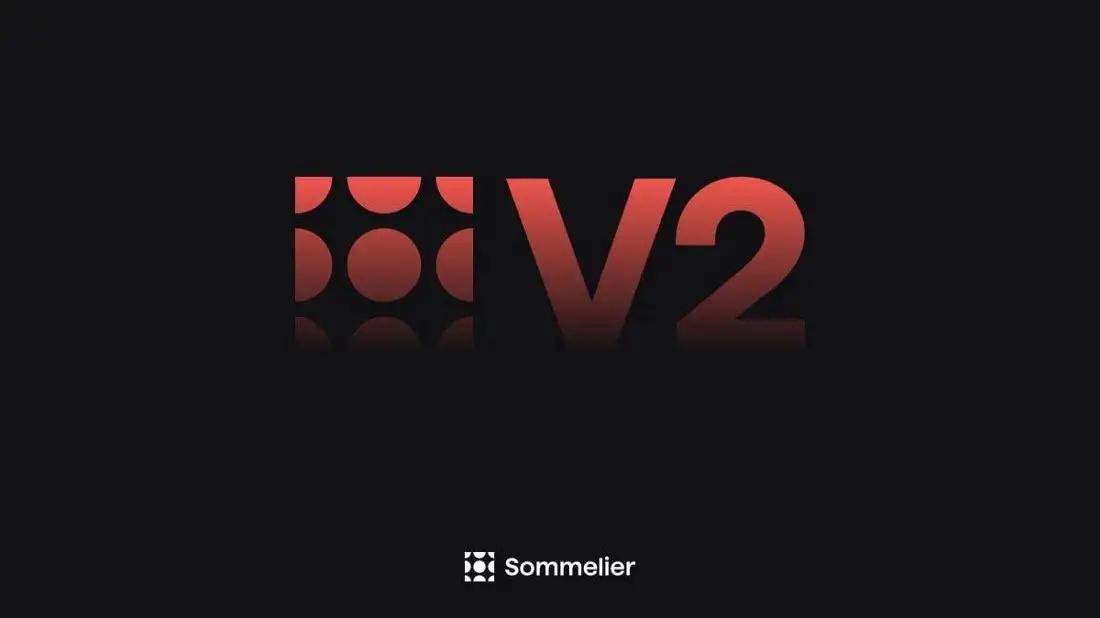
Sommelier Upgrades Cellar Architecture to Enable the Most Powerful DeFi Strategies in the Market

Real Yield USD is Coming to Maximize Stablecoin Yield

Retrospective on 2022 and the Journey Ahead

FAQ - Patache Digital’s Steady Strategies
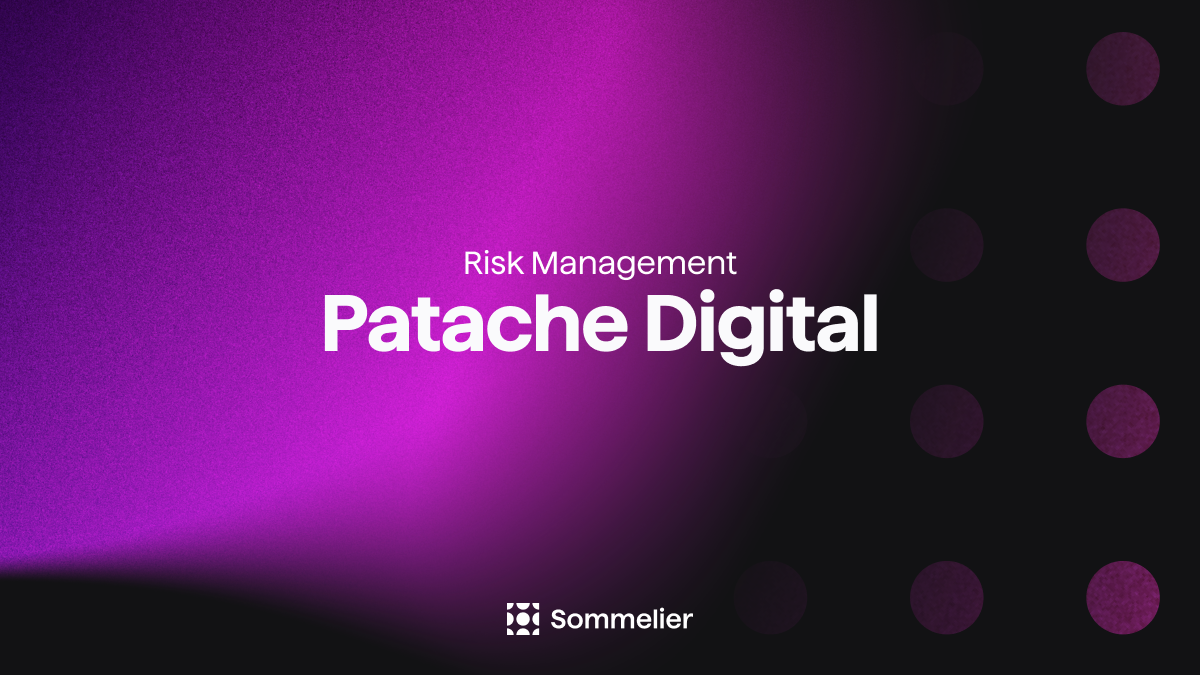
Patache Digital: Risk Management Discussion

Strategy Deep Dive: Patache Digital

Strategy Provider Spotlight: Patache Digital

User Guide: How to Participate in Strategies on Sommelier

Sommelier Ambassador Program
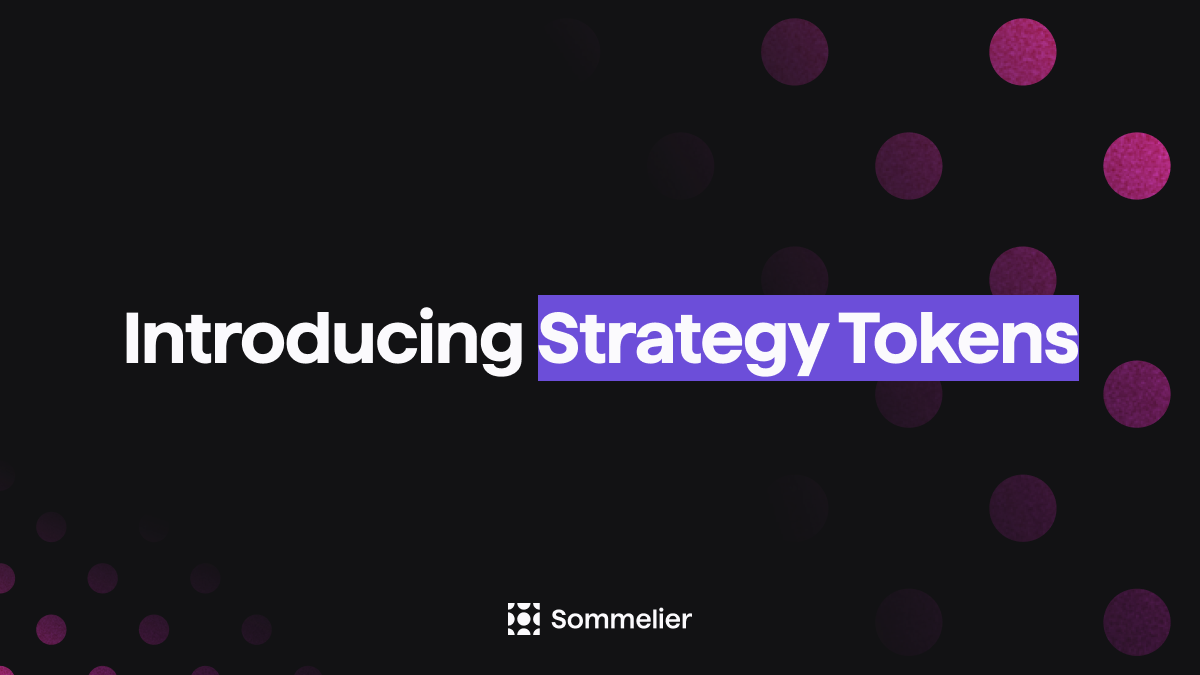
Strategy Tokens: What Are They and How Do They Work?

6 Core Principles of Sommelier

10/10/22 - Deep Dive on Cleargate Backtesting

Strategy Provider Spotlight: Seven Seas

Deep Dive on Trend and Momentum Strategies

Strategy Provider Spotlight: ClearGate

Supporting Strategy Providers on Sommelier
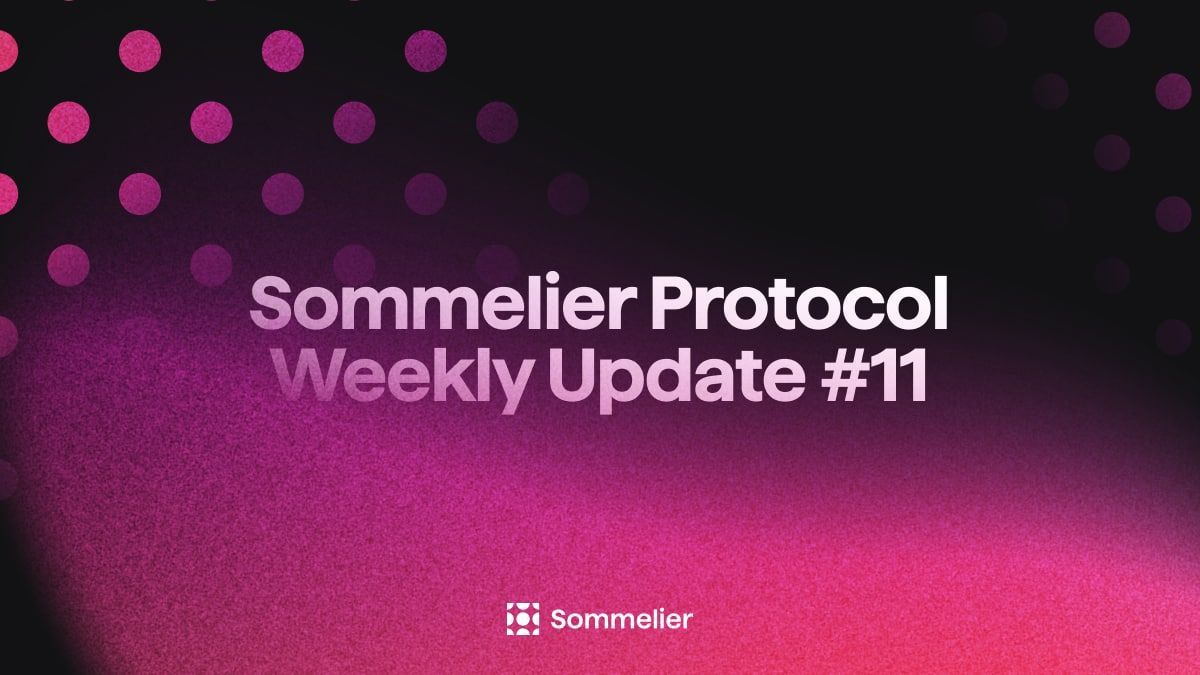
Sommelier Protocol Team Weekly Update #11

ELI-5 Explanation of the Data Science behind Sommelier’s First Aave Cellar

Sommelier Protocol Team Weekly Update #10
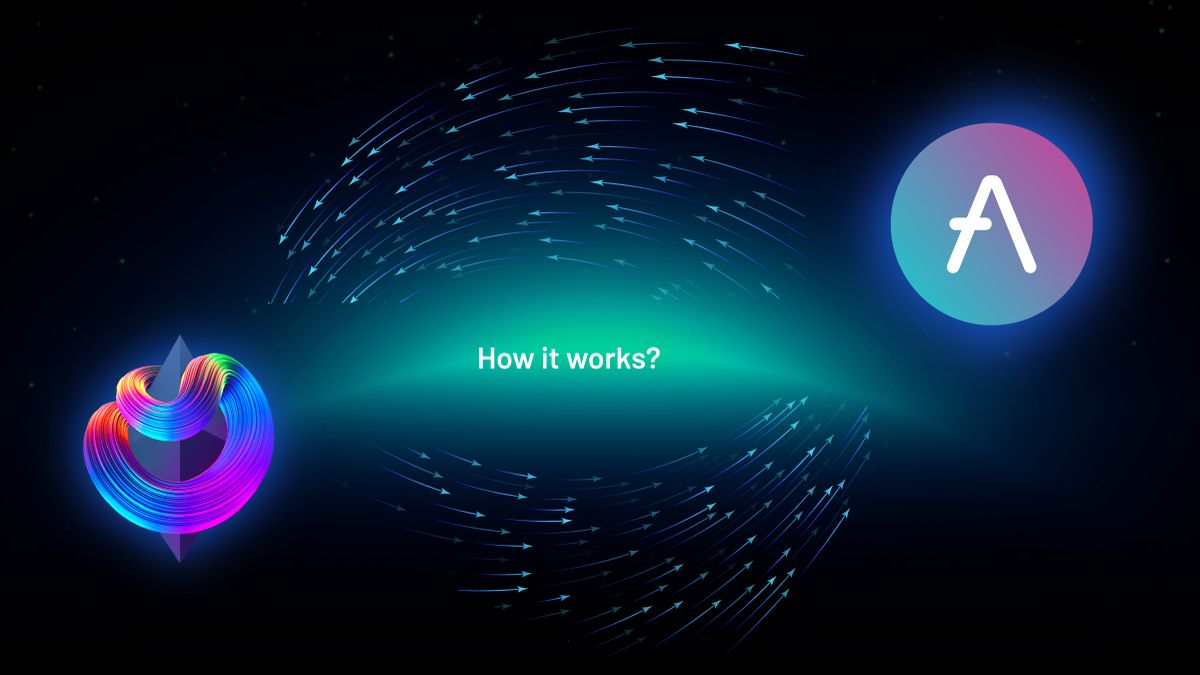
The Data Science Behind Sommelier’s First Aave Cellar
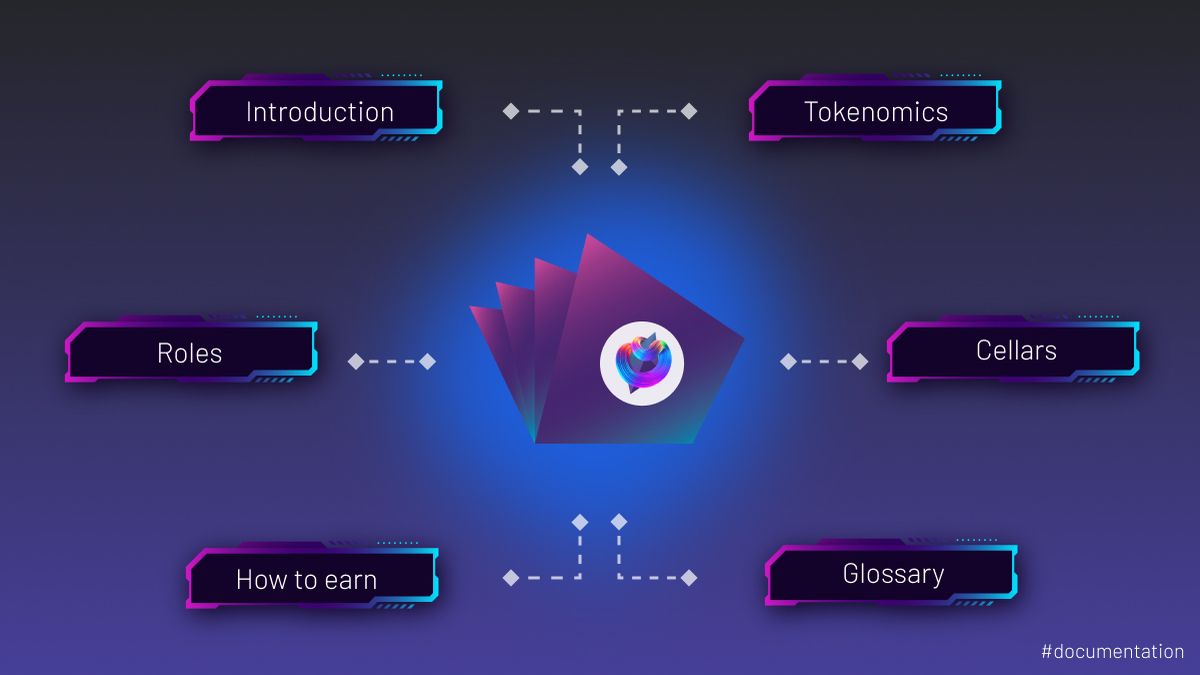
Sommelier Protocol Design Documents

Sommelier Protocol Team Weekly Update #9

Sommelier Protocol Team Weekly Update #8

Sommelier Protocol Team Weekly Update #7

Twitter Spaces With Sommelier: How to Launch a Cellar on Sommelier

Twitter Spaces With Sommelier: Protocol Upgrade and Community Update

Sommelier Protocol Team Weekly Update #4
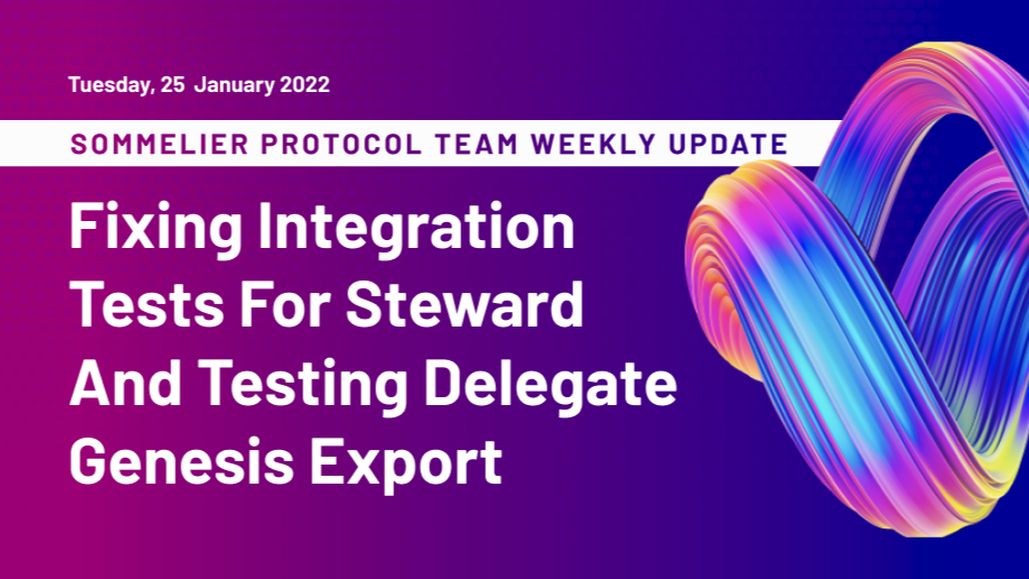
Sommelier Protocol Team Weekly Update #6

Twitter Spaces With Sommelier: SOMM Airdrop Proposal Data Analysis

Twitter Spaces With Sommelier: Community Update on the First Cellars to Launch

Twitter Spaces With Sommelier: Exploring NFT Cellars

Sommelier Protocol Team Weekly Update #1
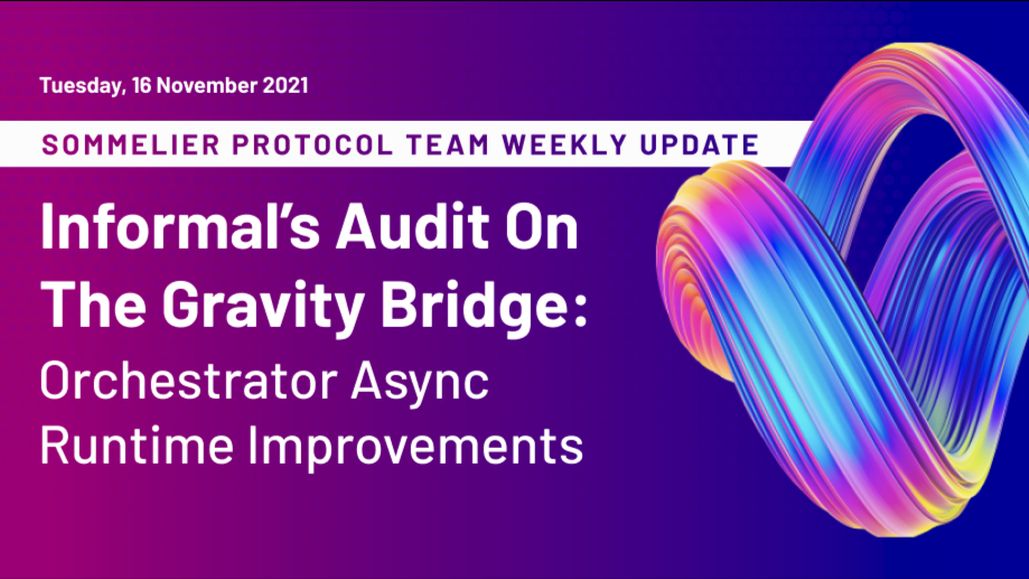
Sommelier Protocol Team Weekly Update #2
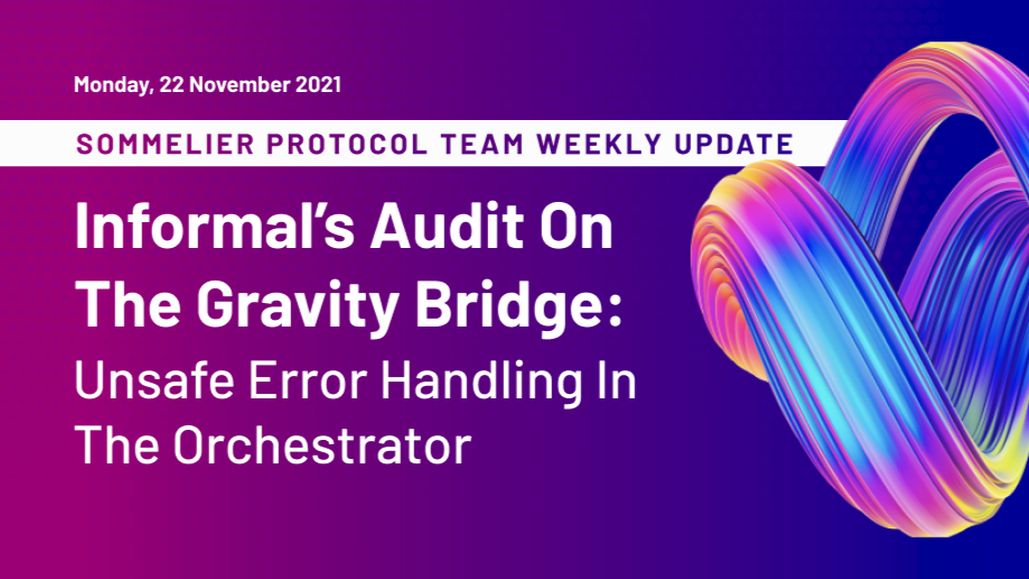
Sommelier Protocol Team Weekly Update #3

Three Things You Need to Know About Sommelier Governance This Week
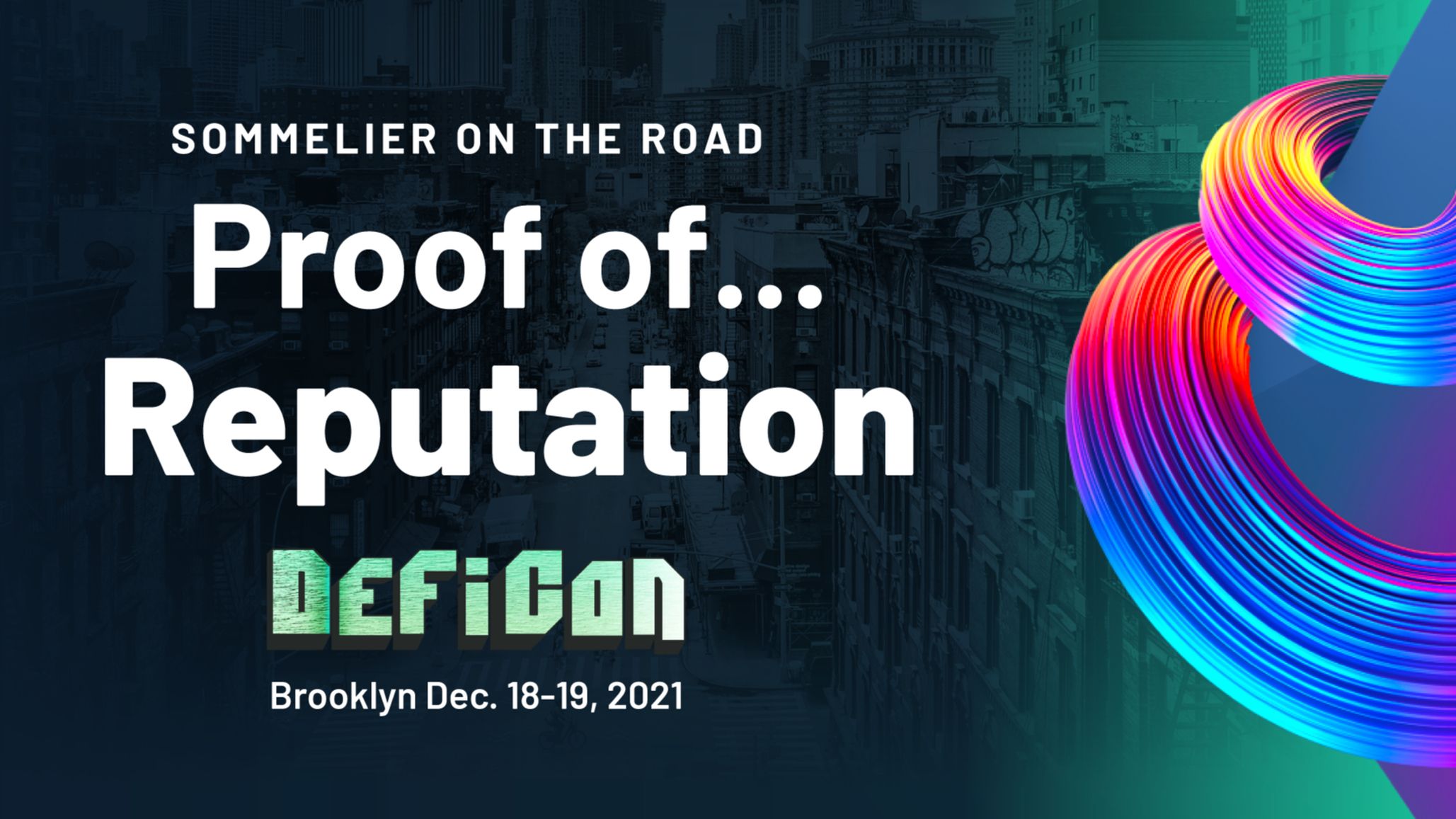
Sommelier On the Road: PROOF OF…REPUTATION
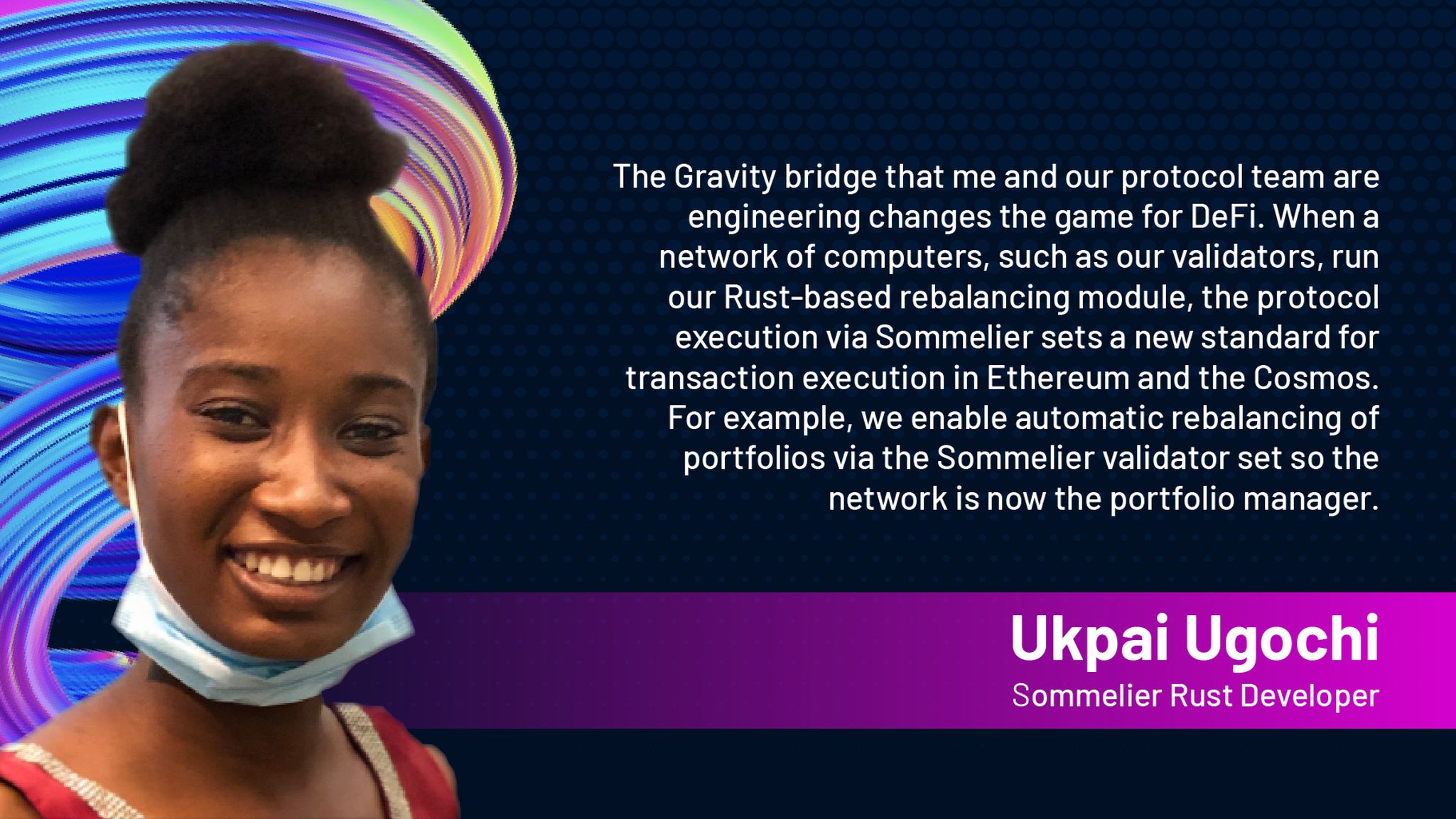
Introducing Ukpai Ugochi - Working on The Sommelier Cellars Rebalancer
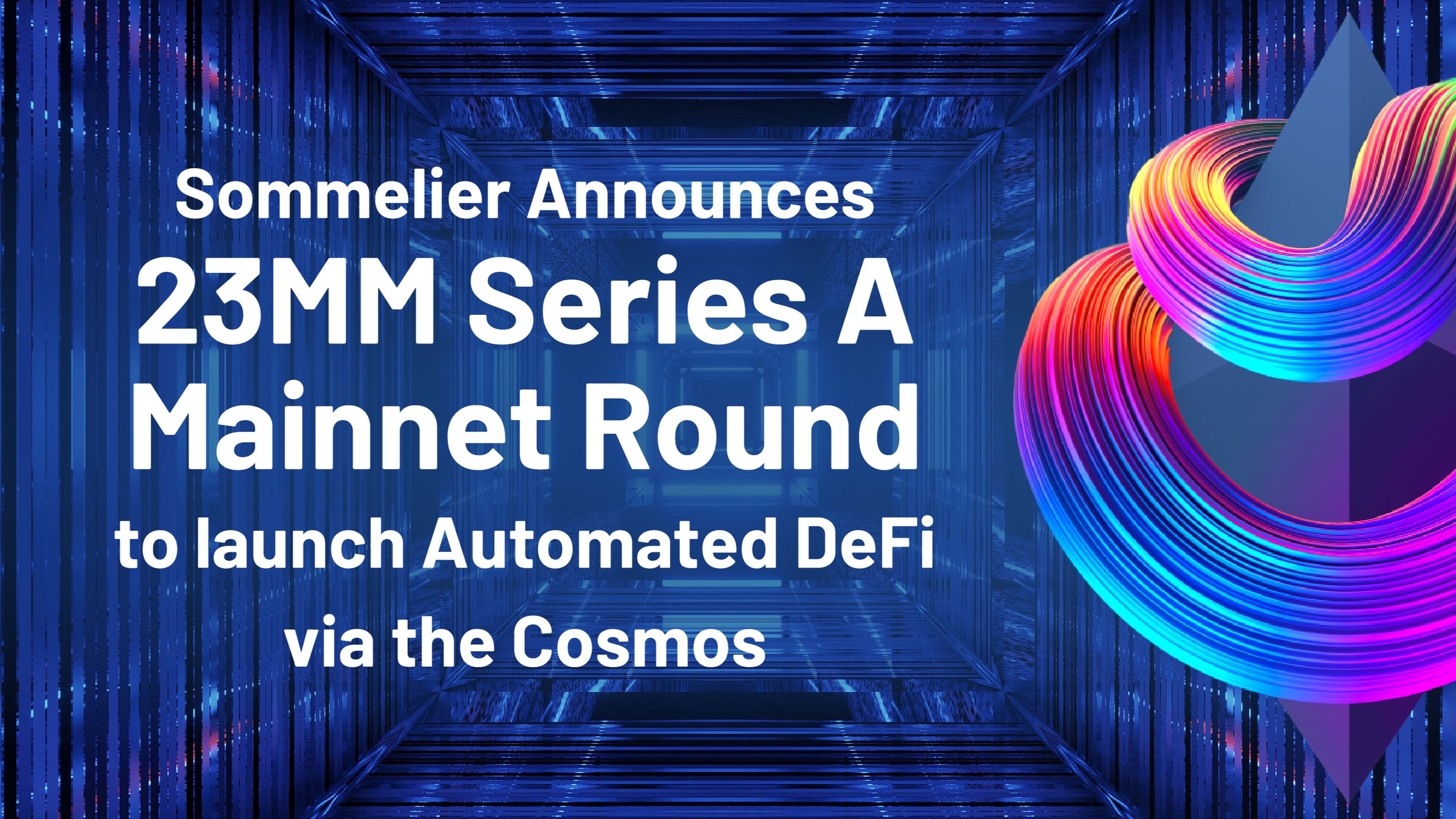
Sommelier Announces 23MM Series A Mainnet Round to launch Automated DeFi via the Cosmos
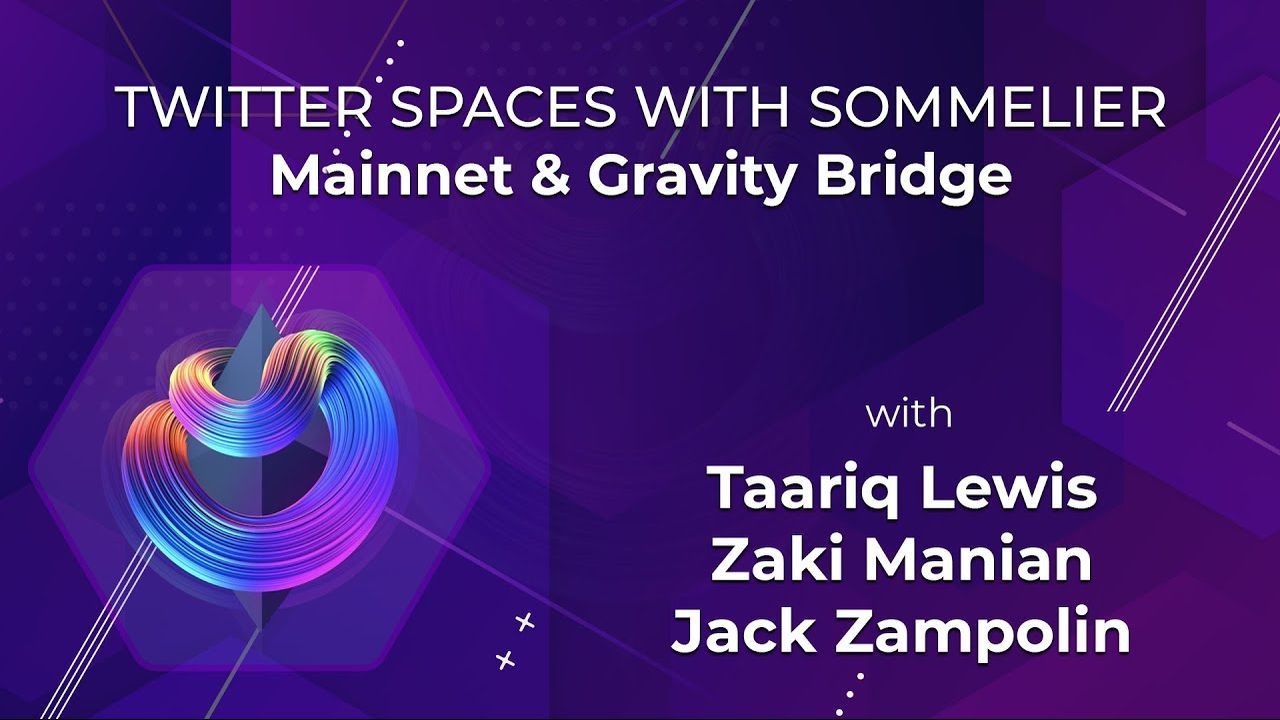
Twitter Spaces With Sommelier: Mainnet Launch & Gravity Bridge

Twitter Spaces With Sommelier: Introducing SOMM Tokenomics

Twitter Spaces With Sommelier: Mysten Labs AMA With Evan Cheng

Introducing SIPS and Sommelier’s Governance Structure

Twitter Spaces With Sommelier: End of Year AMA 2021

Twitter Spaces With Sommelier: Intro to SIPS & Lisbon Blockchain Week

Twitter Spaces With the Sommeliers: Mainnet Update and Governance Launch

Sommelier Partners With Mysten Labs to Make Sommelier and All Cosmos Blockchains the Fastest Protocols on the Planet

Twitter Spaces With the Sommeliers: Sushi AMA With Joseph Delong
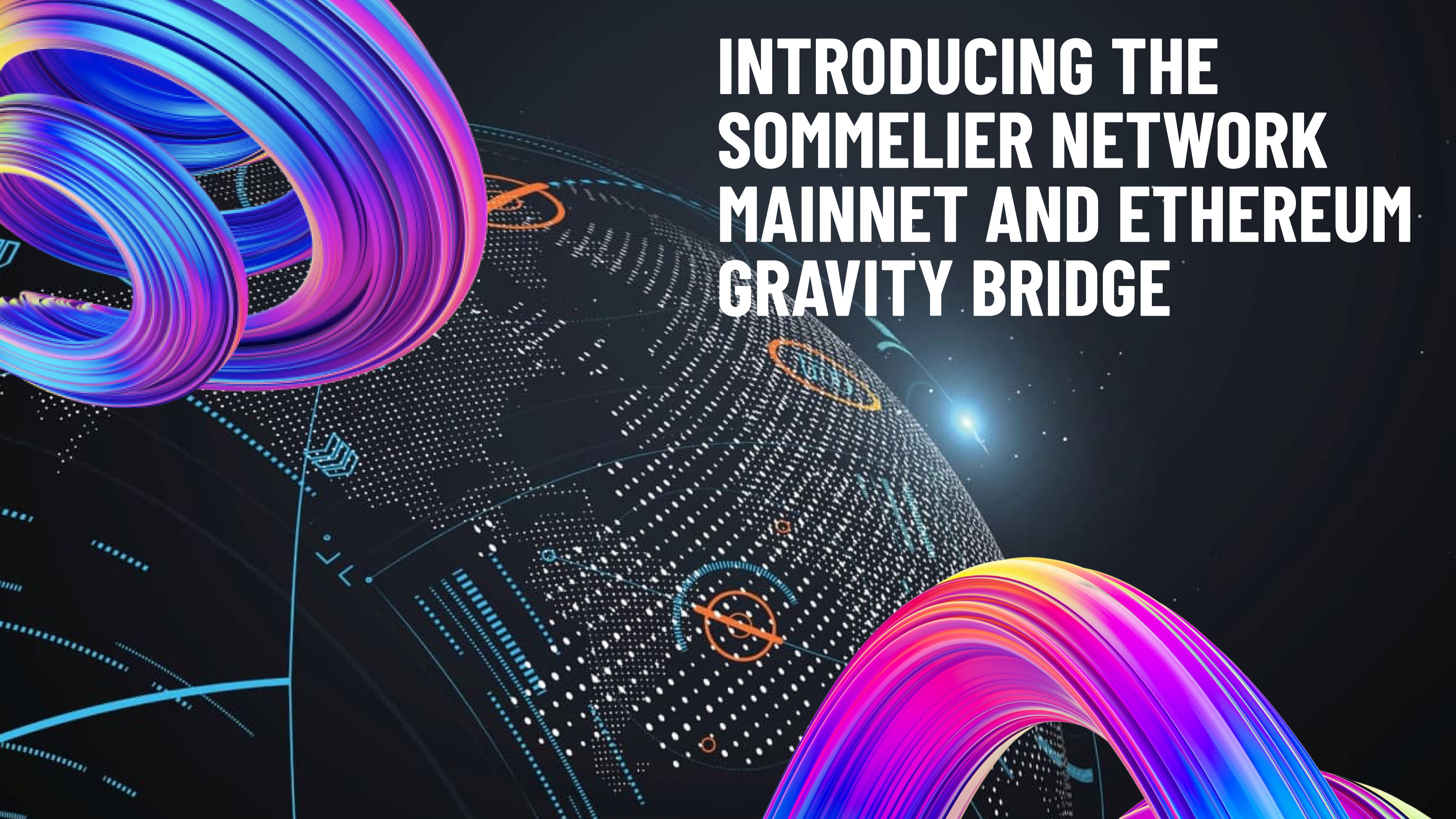
Introducing the Sommelier Network Mainnet and Ethereum Gravity Bridge
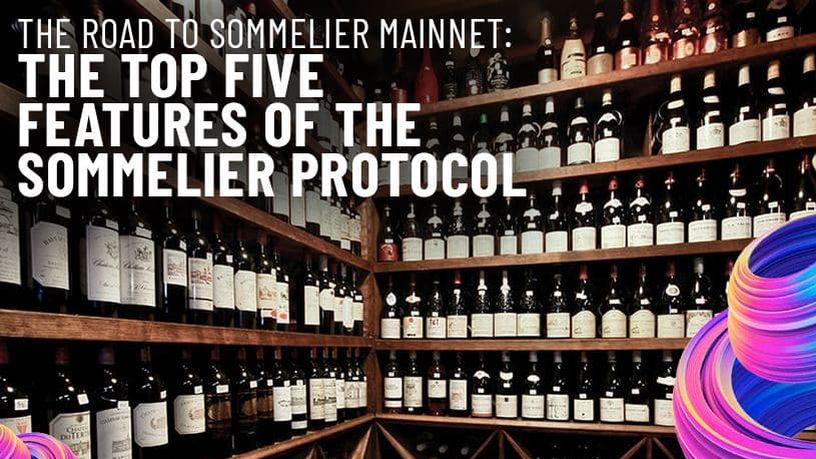
The Top Five Features of the Sommelier Protocol

Call for Validators: The Two Step Process for 2021

Two New Features Launched to Test Liquidity Management on Uniswap v3

Uniswap v3 Remove Smart Contract Incident Post Mortem for Sommelier
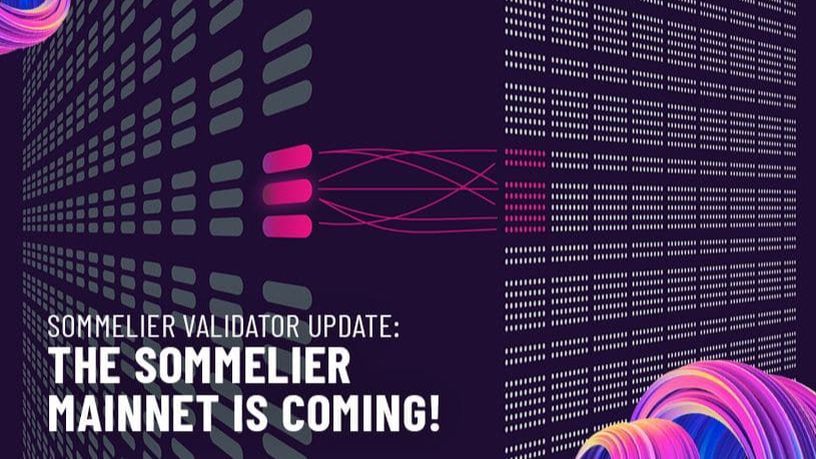
Call for Validators: Road to Sommelier Mainnet
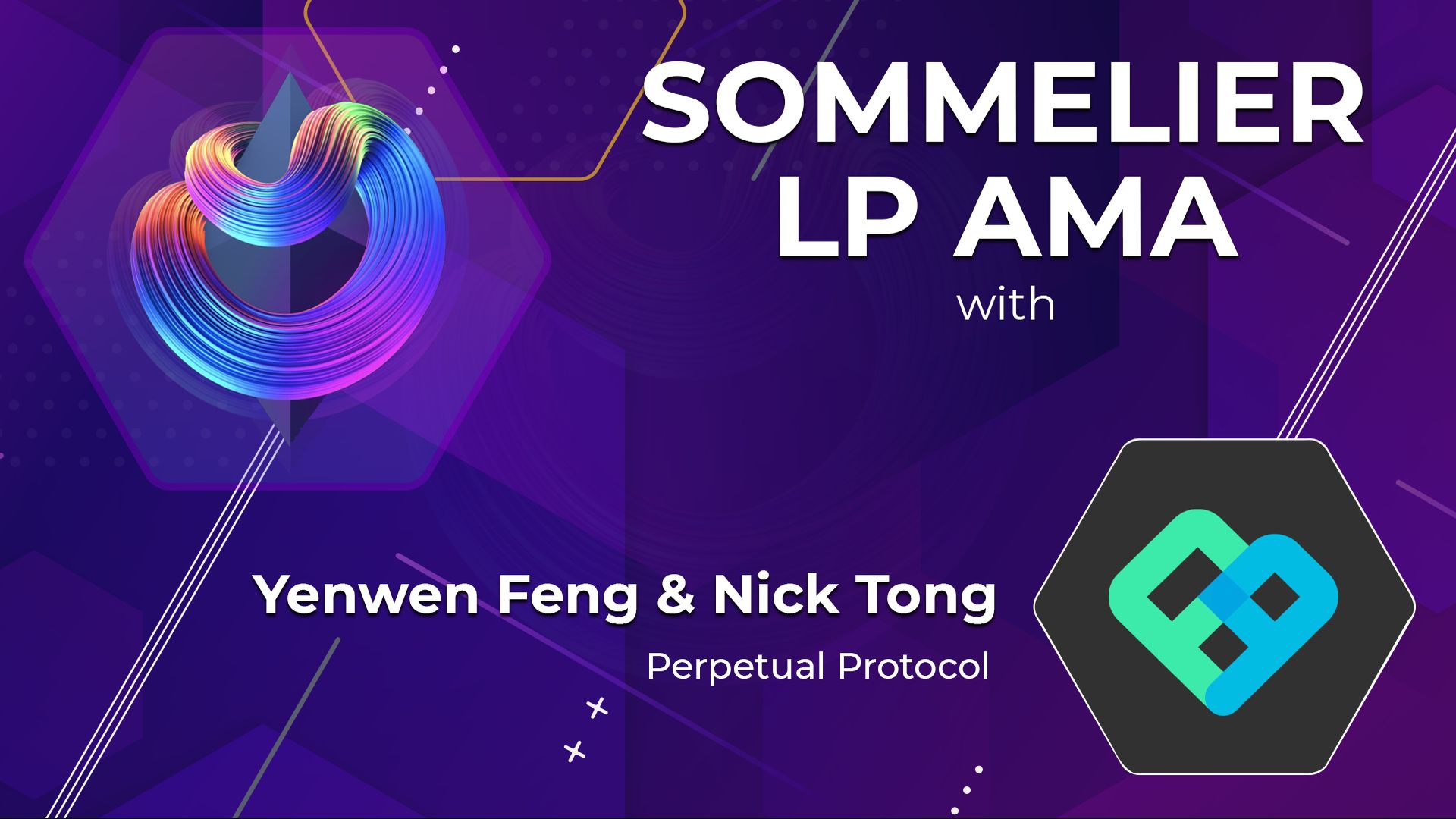
Sommelier Liquidity AMA With Yenwen and Nick From Perpetual Protocol
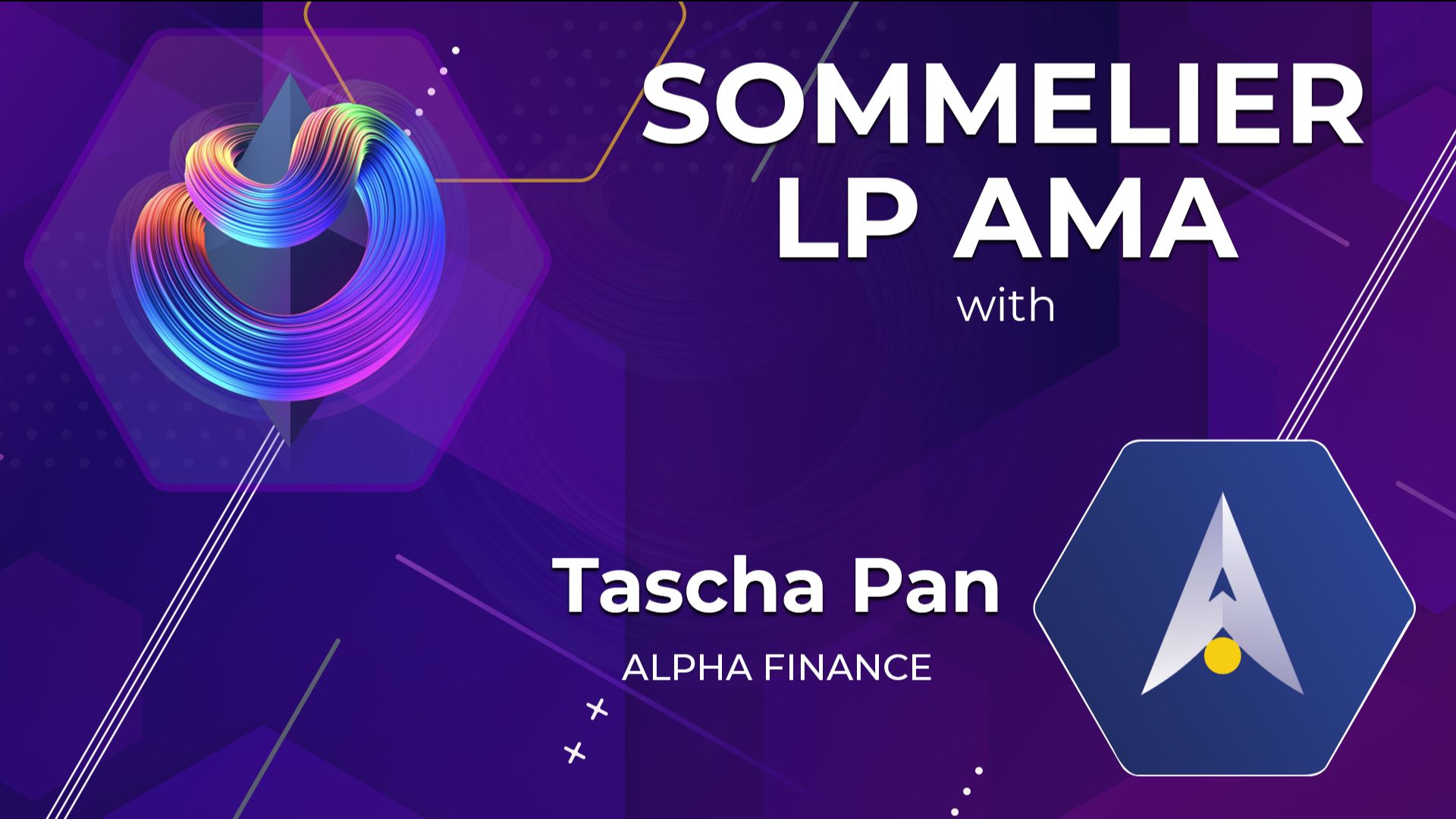
Sommelier Liquidity AMA With Tascha Pan From Alpha Finance
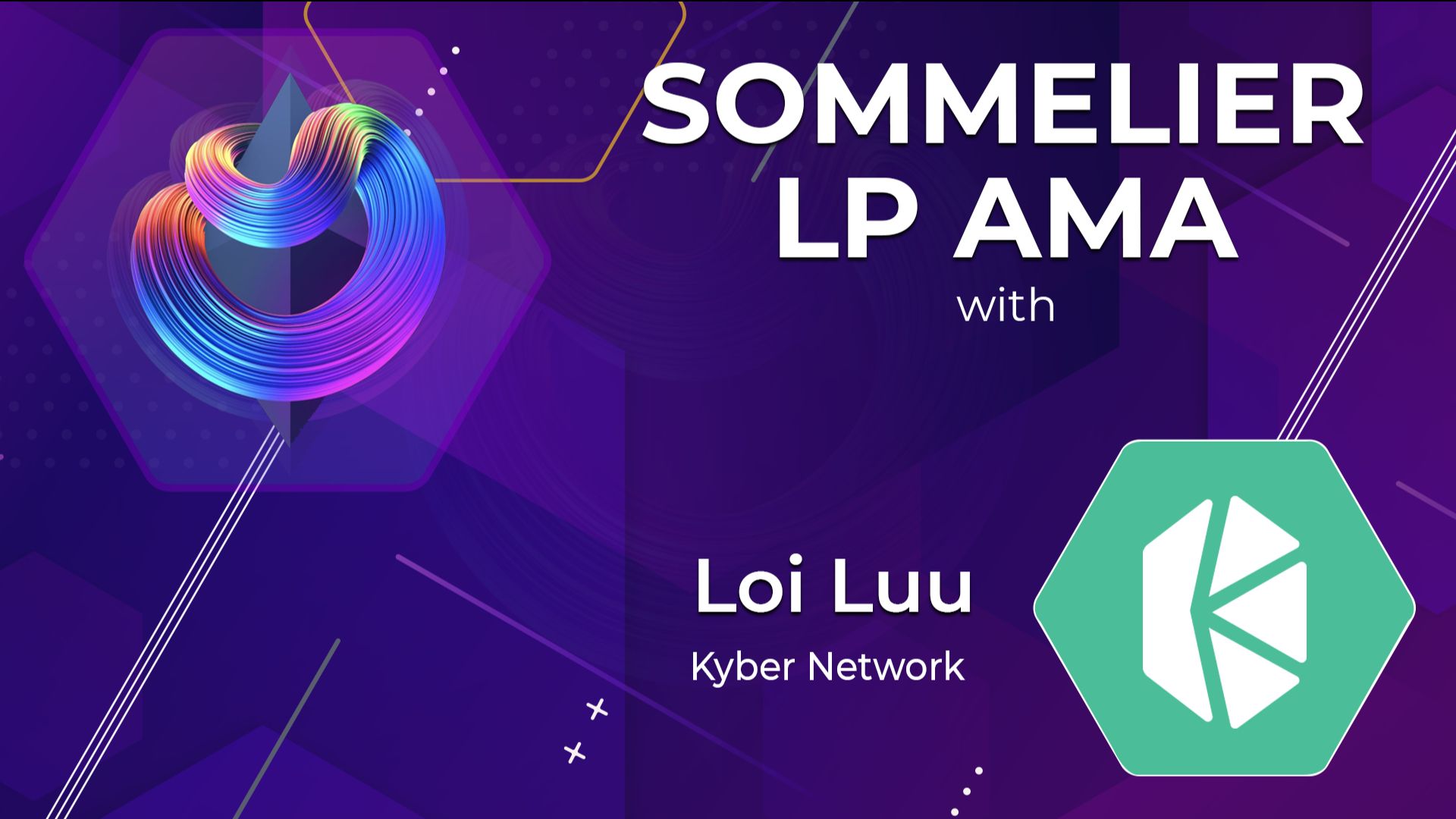
Sommelier Liquidity AMA With Loi Luu From Kyber Network

Sommelier Liquidity AMA With Alex From Peanut
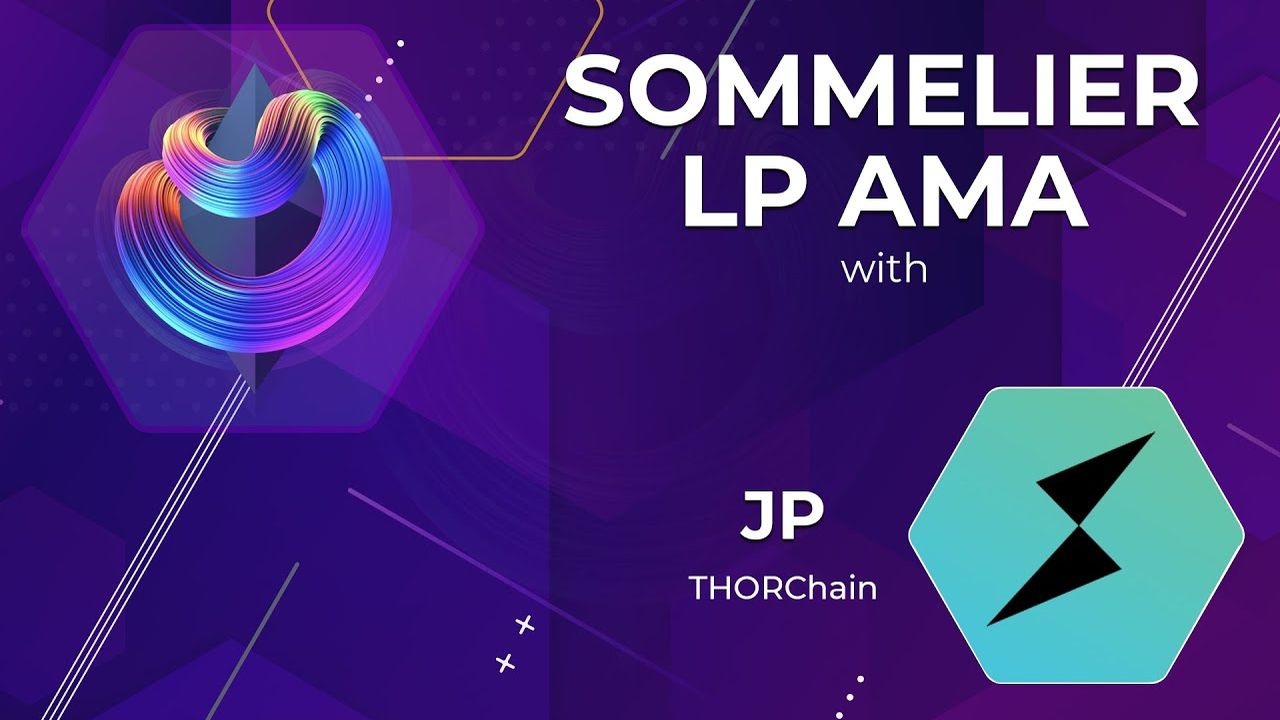
Sommelier Liquidity AMA With JP From THORChain

Sommelier Liquidity AMA With Alan Chiu From OMGX Network

Sommelier Liquidity AMA With Ari From Gelato Network
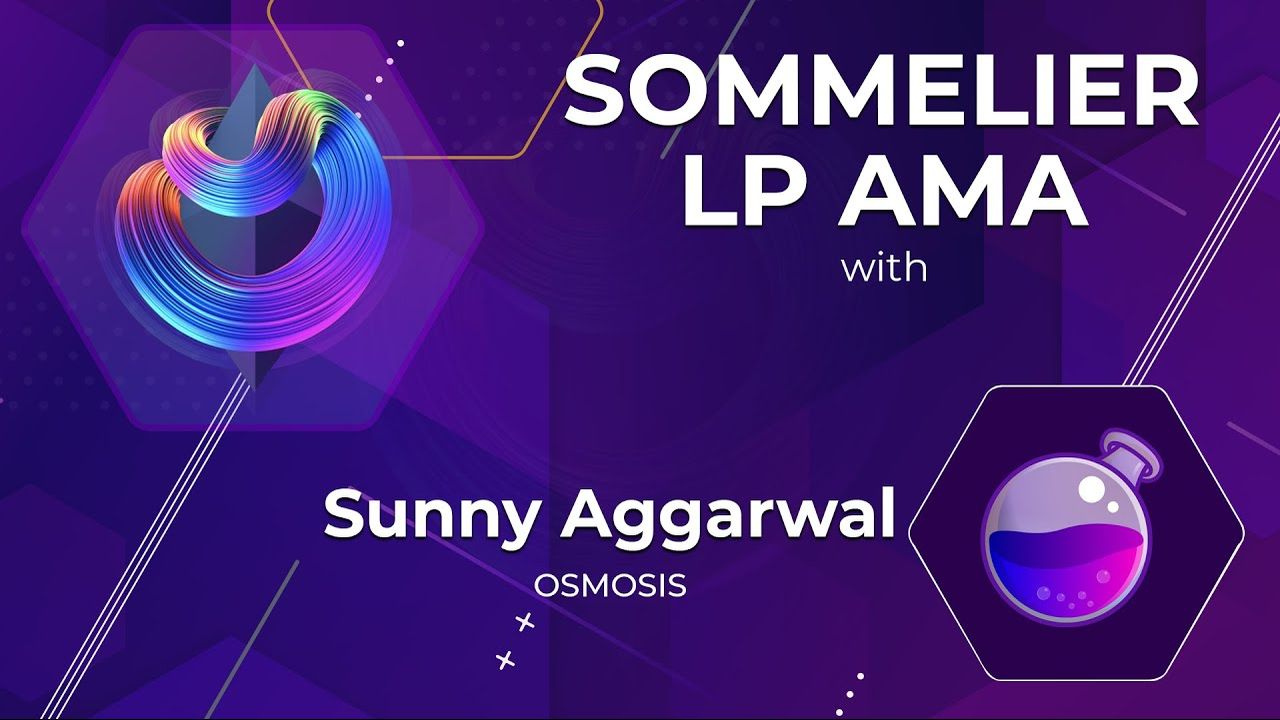
Sommelier Liquidity AMA With Sunny Aggarwal From Osmosis
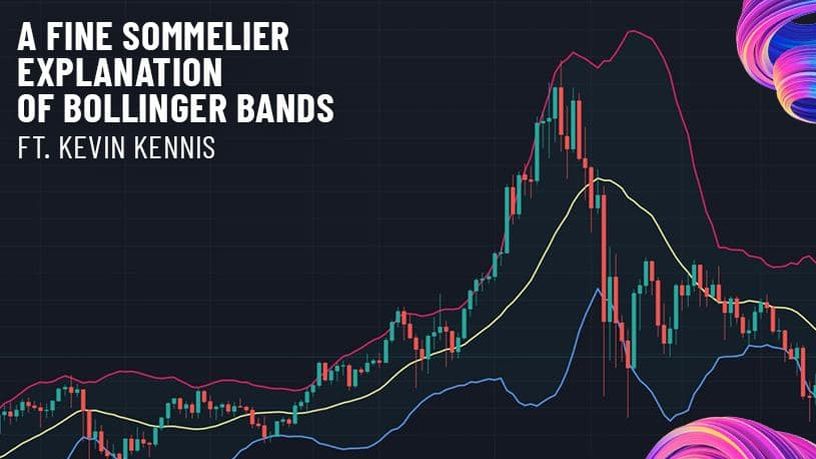
A Fine Sommelier Explanation of Bollinger Bands With Kevin Kennis

Sommelier Liquidity AMA With Mona El Isa From Enzyme

Sommelier Liquidity AMA With Haxor From Method Finance

Sommelier Liquidity AMA With Tor From Secret Network

Liquidity Provider Insights With Zaki Manian - Ep. 7 - DeFi Automation Space on Uniswap v3 and Where Sommelier’s Heading

Sommelier Liquidity AMA With Geralt From CyberFi

A Pairings Tutorial of Two Sided Liquidity Addition with Sommelier

Liquidity Provider Insights with Zaki Manian - Ep. 6 - Liquidity Providers Need to Gear Up for a Multi-Chain World

Three New Summer Features for Liquidity Providers

Sommelier Liquidity AMA with Tom C and Max W from Charm

Sommelier Liquidity AMA with Dereek69 & Shalaquiana from BIOPset

Sommelier This Week - June 3rd 2021: The Road to Mainnet
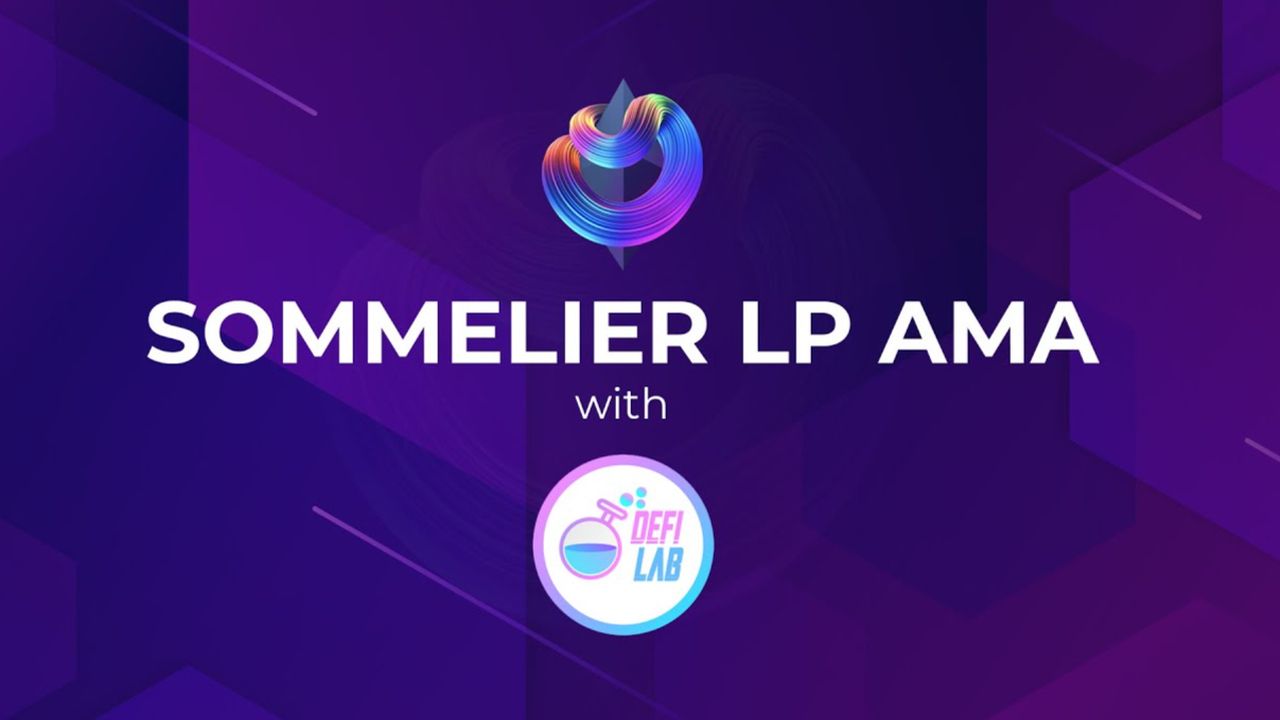
Sommelier Liquidity AMA with Federico Landini from DefiLab
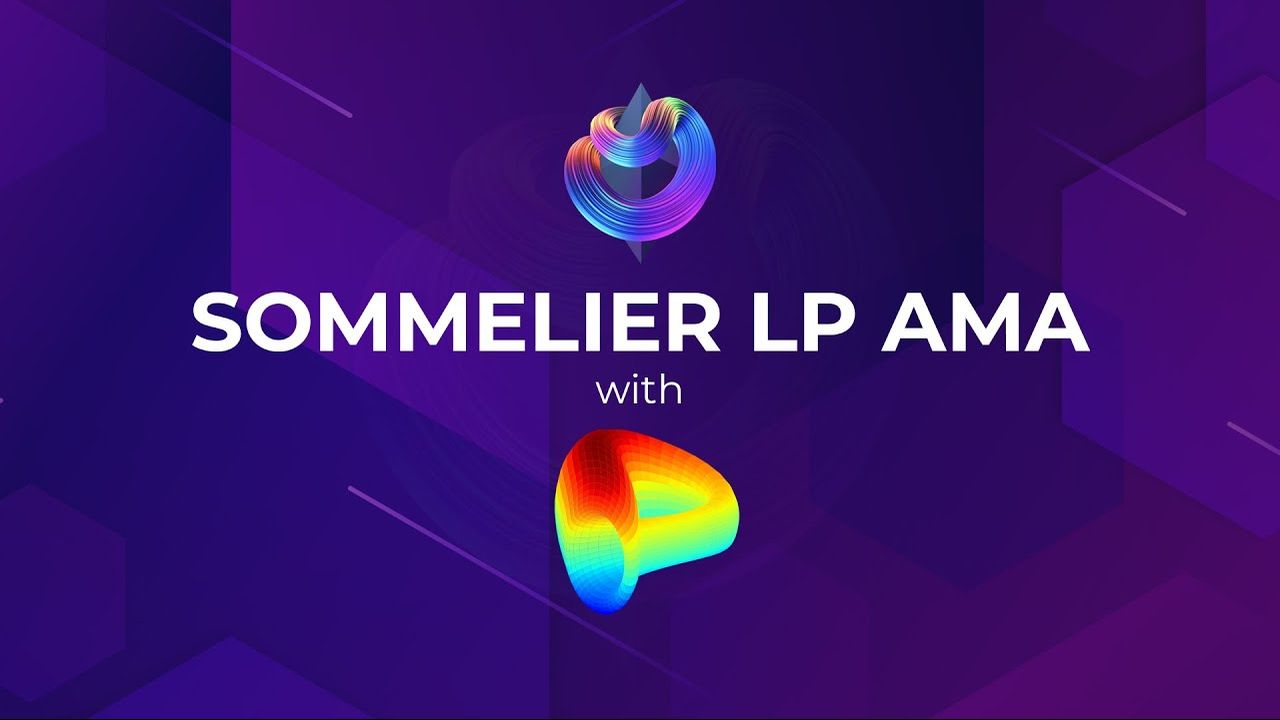
Sommelier Liquidity AMA with Michael Egorov from Curve

Liquidity Provider Insights with Zaki Manian - Ep. 5 - A Bright Light at the End of a Long, Tough Weekend for Bitcoin

Sommelier This Week - May 27th 2021: What Aspiring Sommelier Validators Need to Know on Last Week’s Protocol and App Progress

Liquidity Provider Insights with Zaki Manian (Special Edition) - Ep. 4 - New Pairings Release

Sommelier R&D AMA With Yaniv Tal From the Graph

Sommelier Liquidity AMA with MacLane Wilkison from NuCypher

The Eight Steps to Become a Liquidity Provider with Pairings

Sommelier NFT Awards - May 18th, 2021
Pairings By Sommelier: The FAQ

Zaki Manian Breaks Down What Liquidity Providers Need to Know Under Uniswap v3

Sommelier This Week - May 6th 2021: How This Week’s Protocol and App Progress Weaves Together to Make a Product
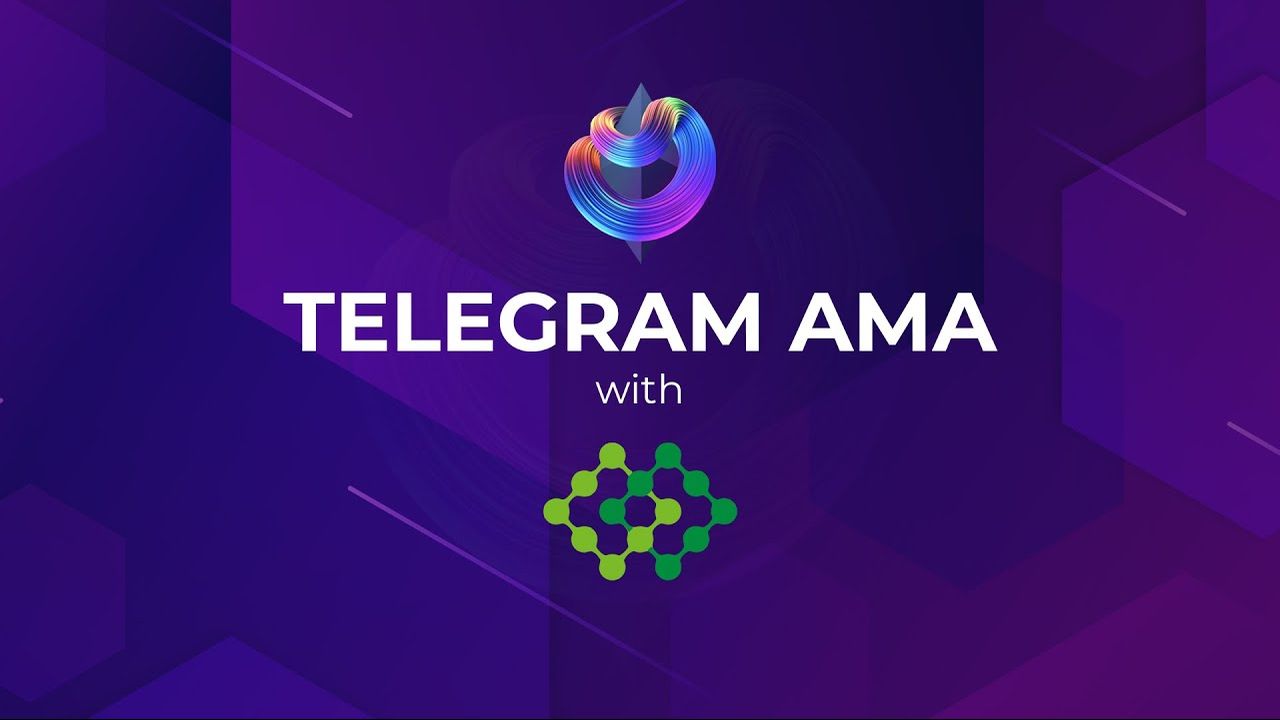
Sommelier Liquidity AMA with Dan Thomson from InsurAce

Sommelier This Week - April 29th 2021: Weeks Away From a Taste of the Sommelier App Experience and How the Dev Team Stays on Track
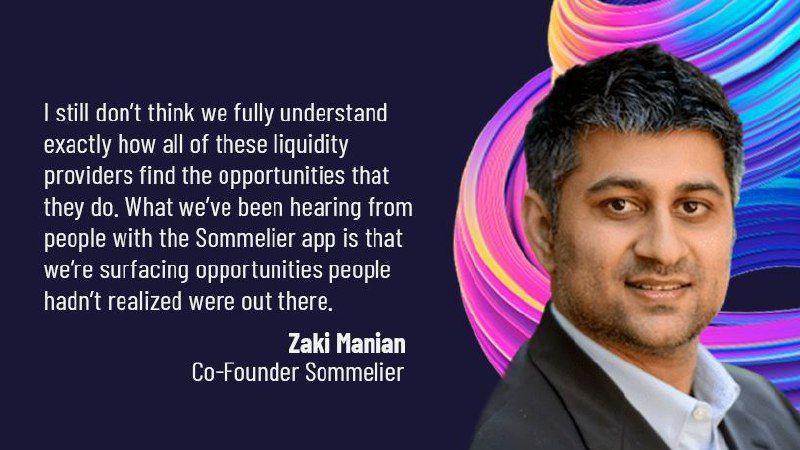
Zaki Manian Breaks Down a Phase Change Liquidity Providers Need to Know About Automated Market Makers

Introducing Jehan Tremback: Sommelier Core Developer and Althea Co-Founder that pushes the Limits of the Blockchain Bridge with Gravity

Sommelier This Week - April 22nd 2021: An Inside Look at Progress on Coordinating Sommelier Components That Contribute to the Chain

Sommelier This Week - April 15th 2021: Providing a Best-in-Class Experience for Uniswap Liquidity Providers

Sommelier Announces $1M R&D Grant from The Graph Foundation

Introducing LP Rewards: This Week With Cellframe

Introducing Deborah Simpier: Althea CEO and Sommelier Co-Founder Who Brought the Gravity Bridge to Life in The Cosmos

Sommelier This Week - April 8th 2021: What Uniswap v3 Means For Sommelier Architecture and Validators
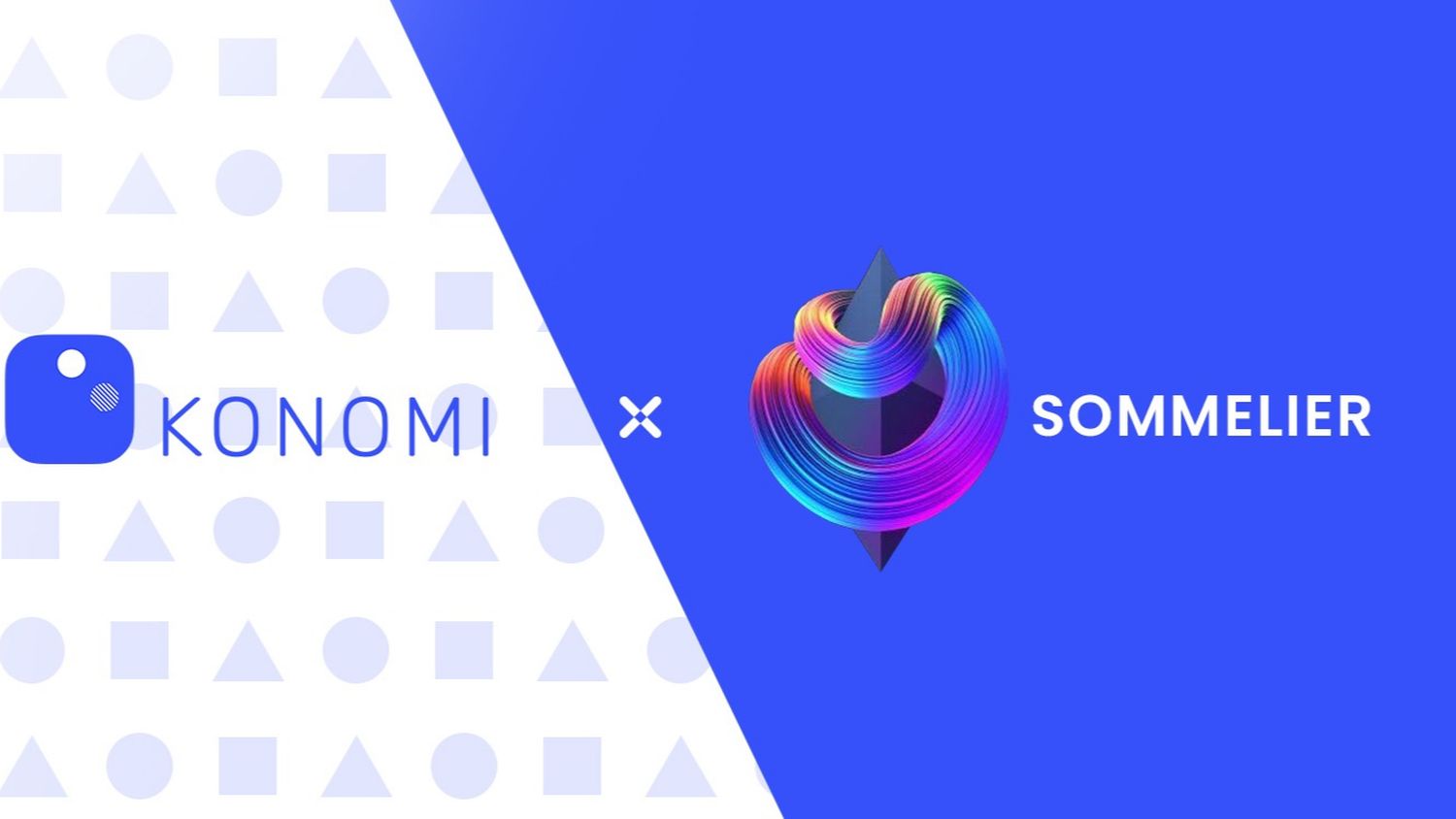
Introducing Sommelier LP Rewards Program

Sommelier This Week - April 1st 2021: Gravity Bridge and Private Testnets

Blockchain startup decides to acquire a California winery and host NFT wine parties
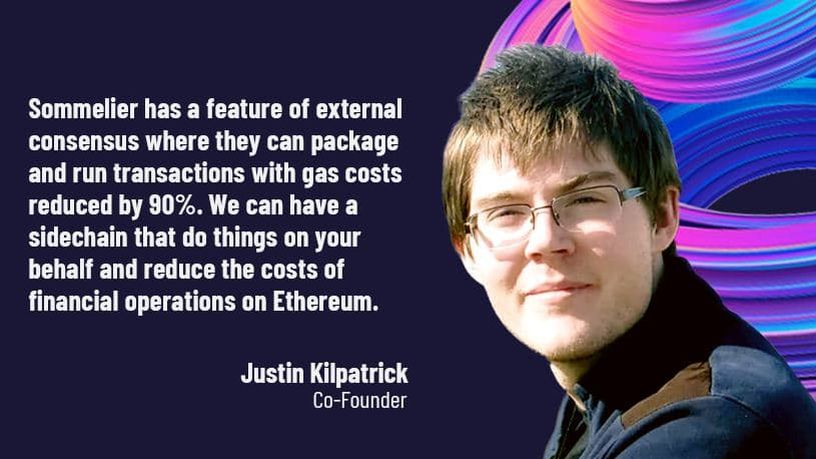
Introducing Justin Kilpatrick: The Blockchain Bridge Wizard Who Maintains Gravity

Five Ways UniswapV3 changes the world for Liquidity Providers on the AMM
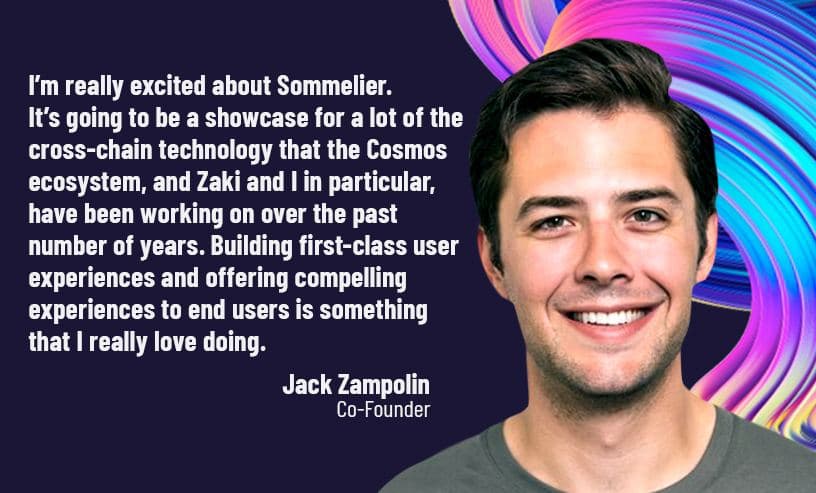
Introducing Jack Zampolin: On Becoming A Sommelier in The Cosmos

Sommelier: Welcome To The New CoProcessor For Ethereum
© 2025 Somm by Bajanss OÜ –Maakri 36-50, Tallinn, Estonia 10145